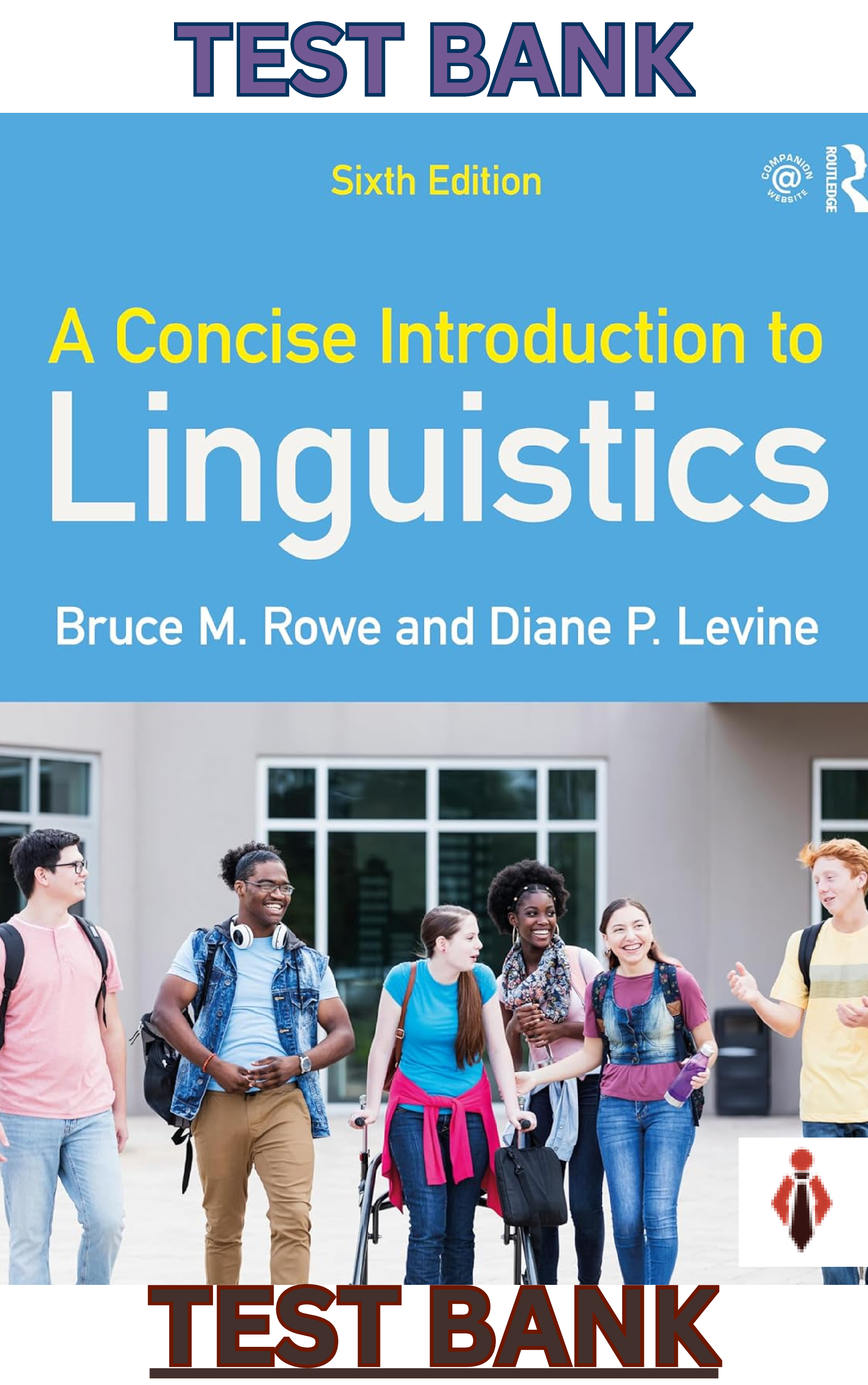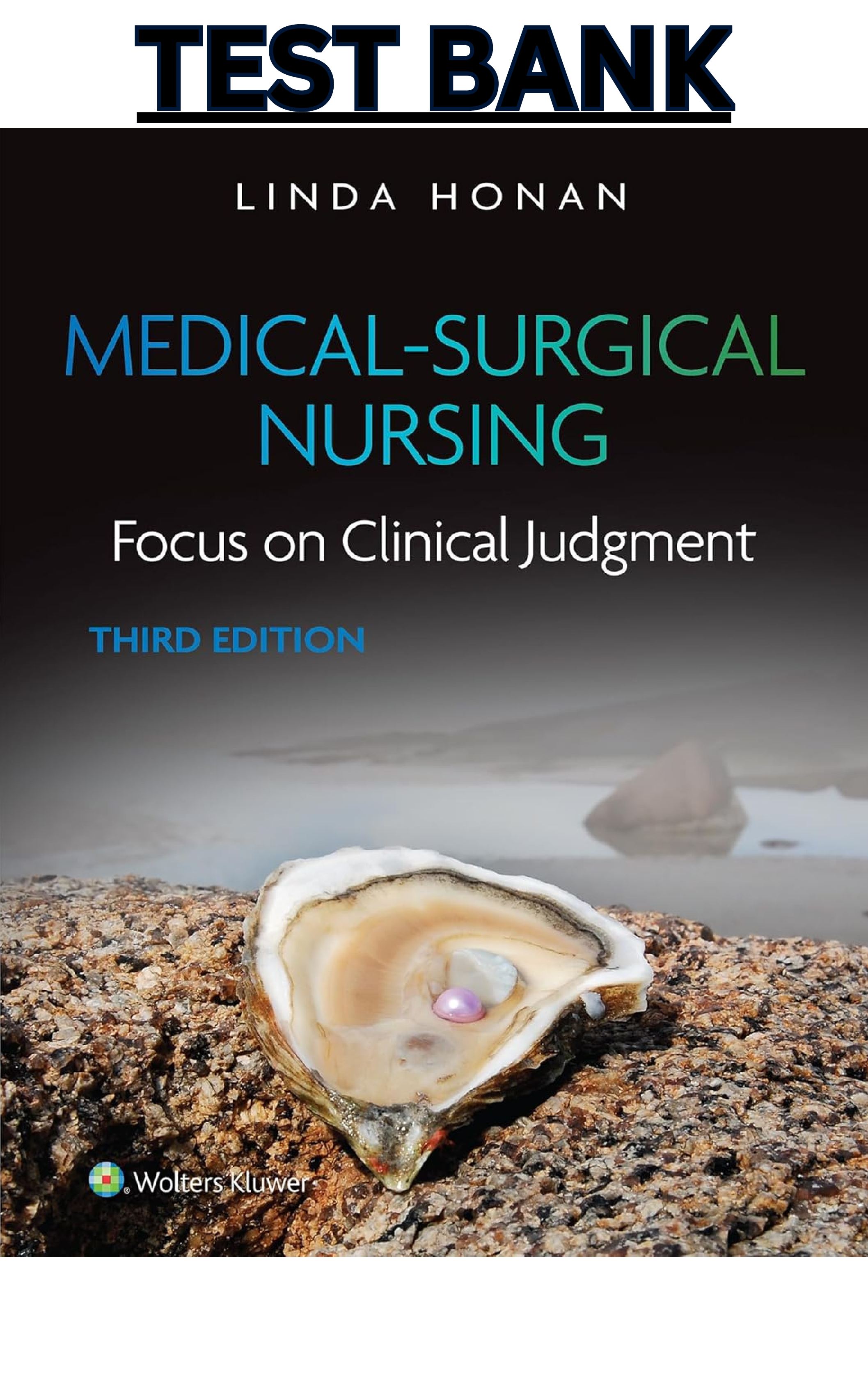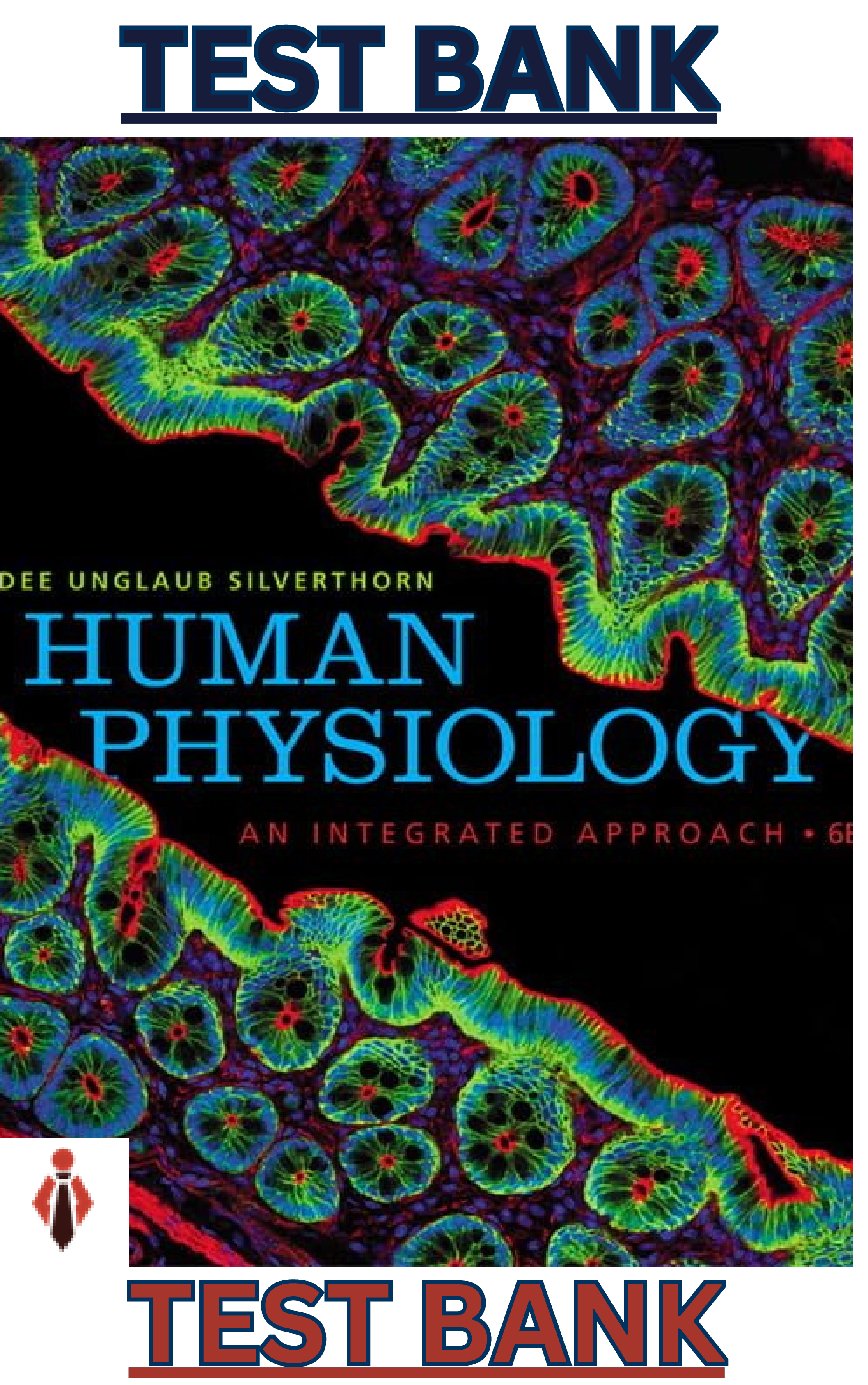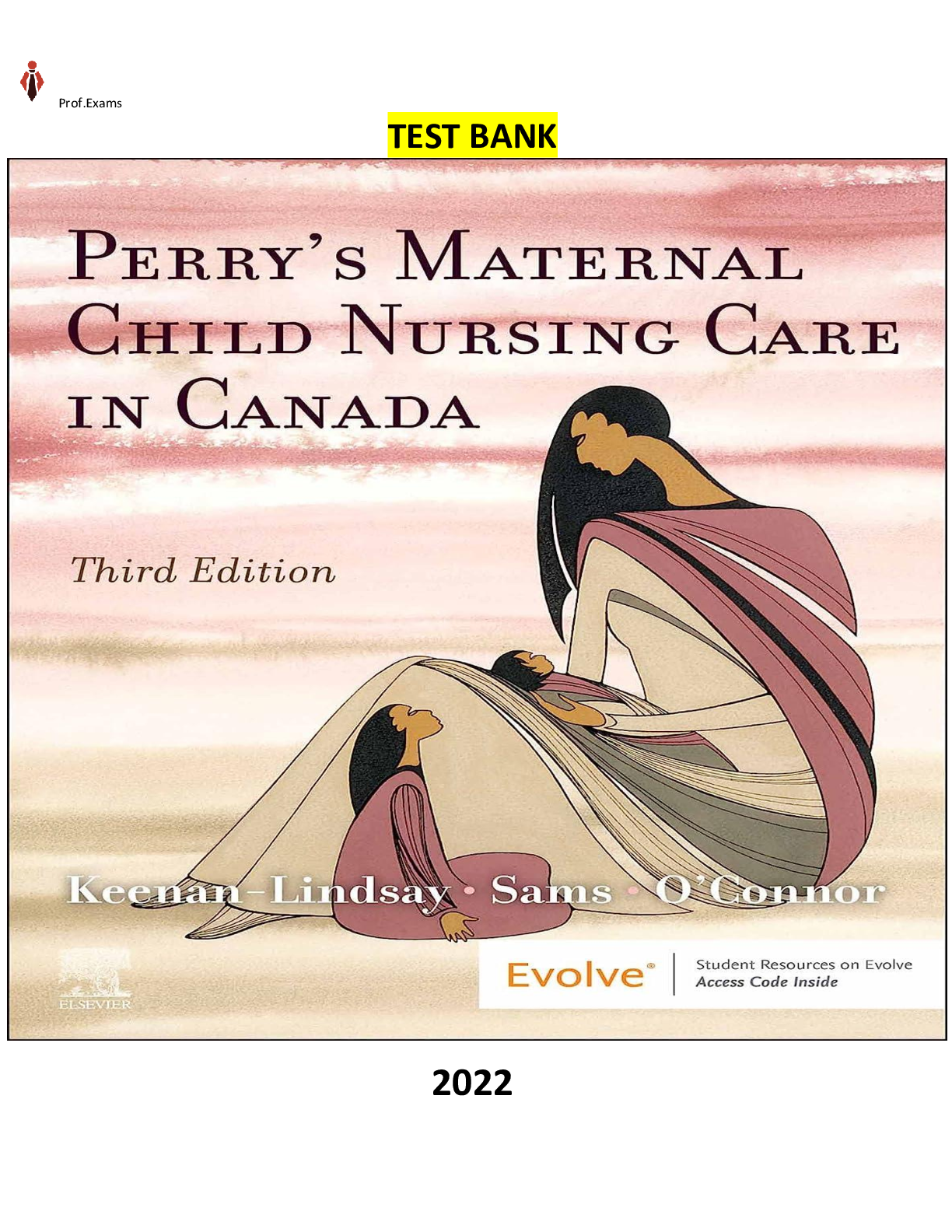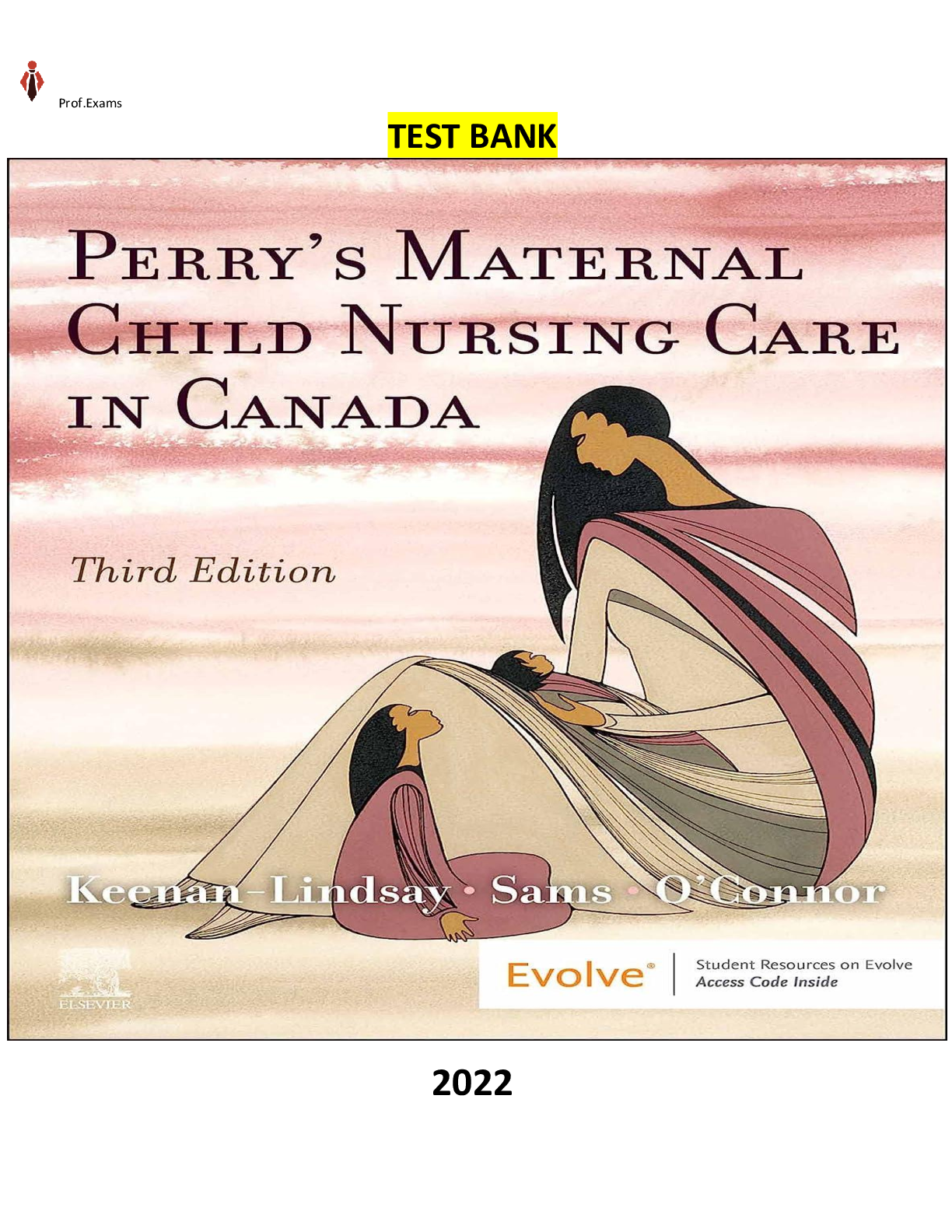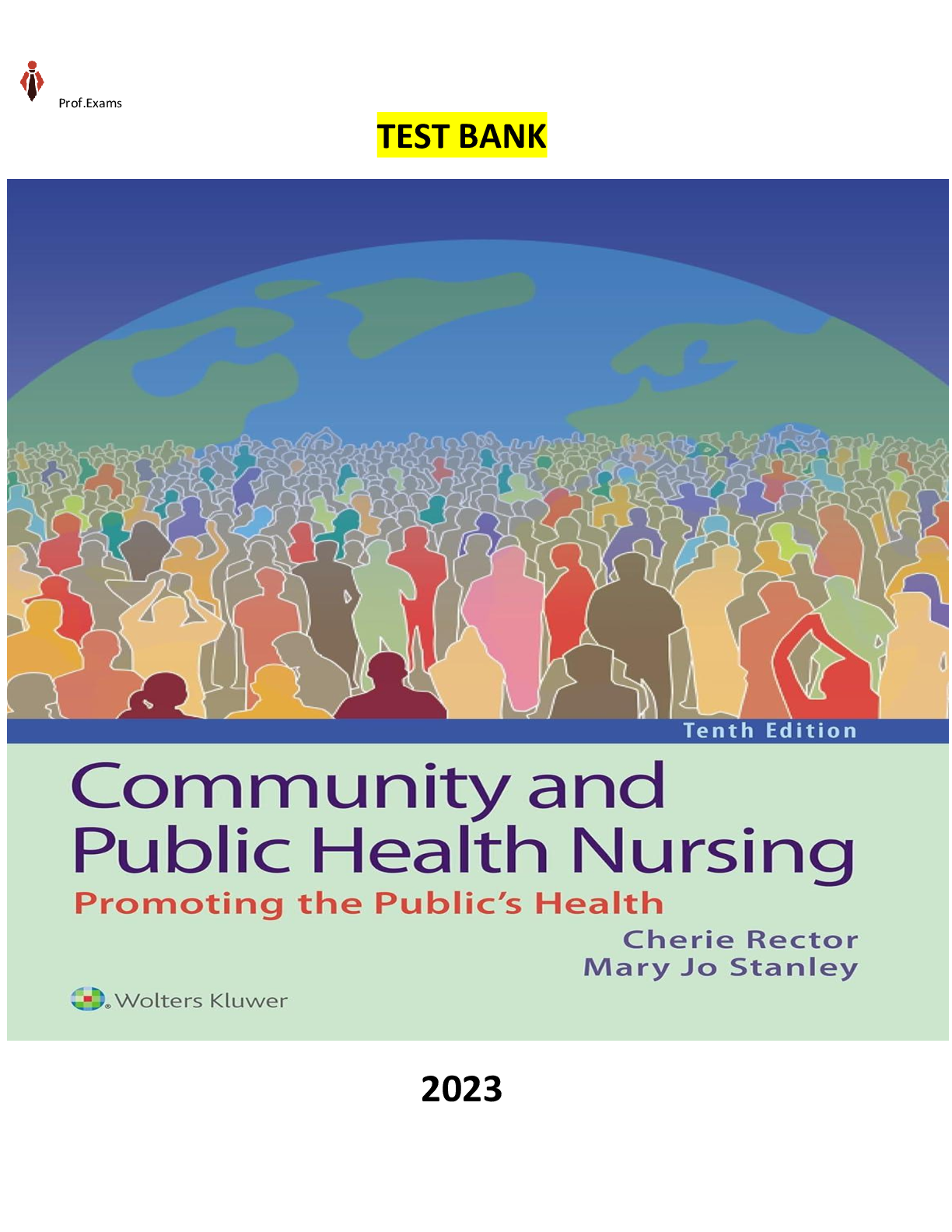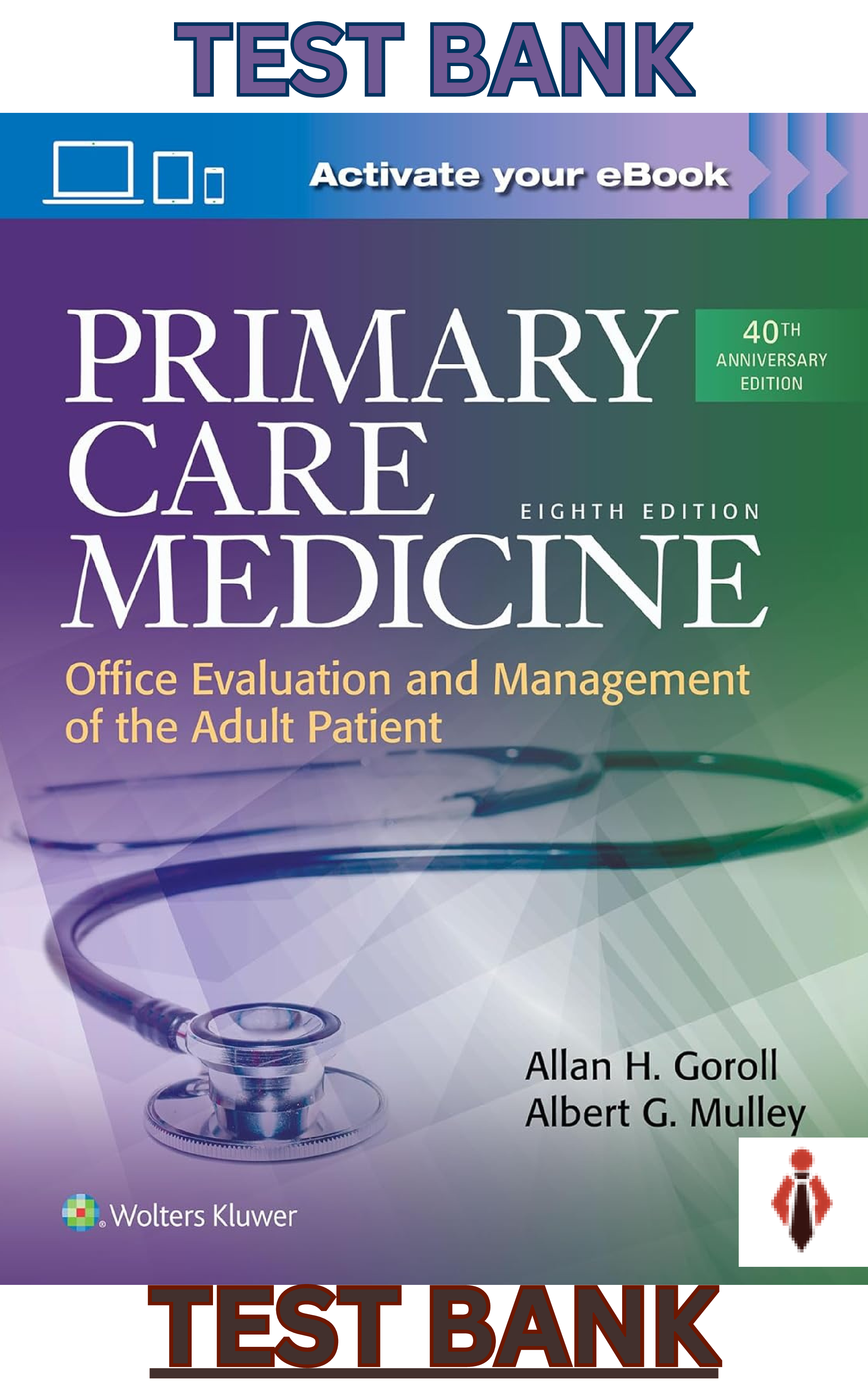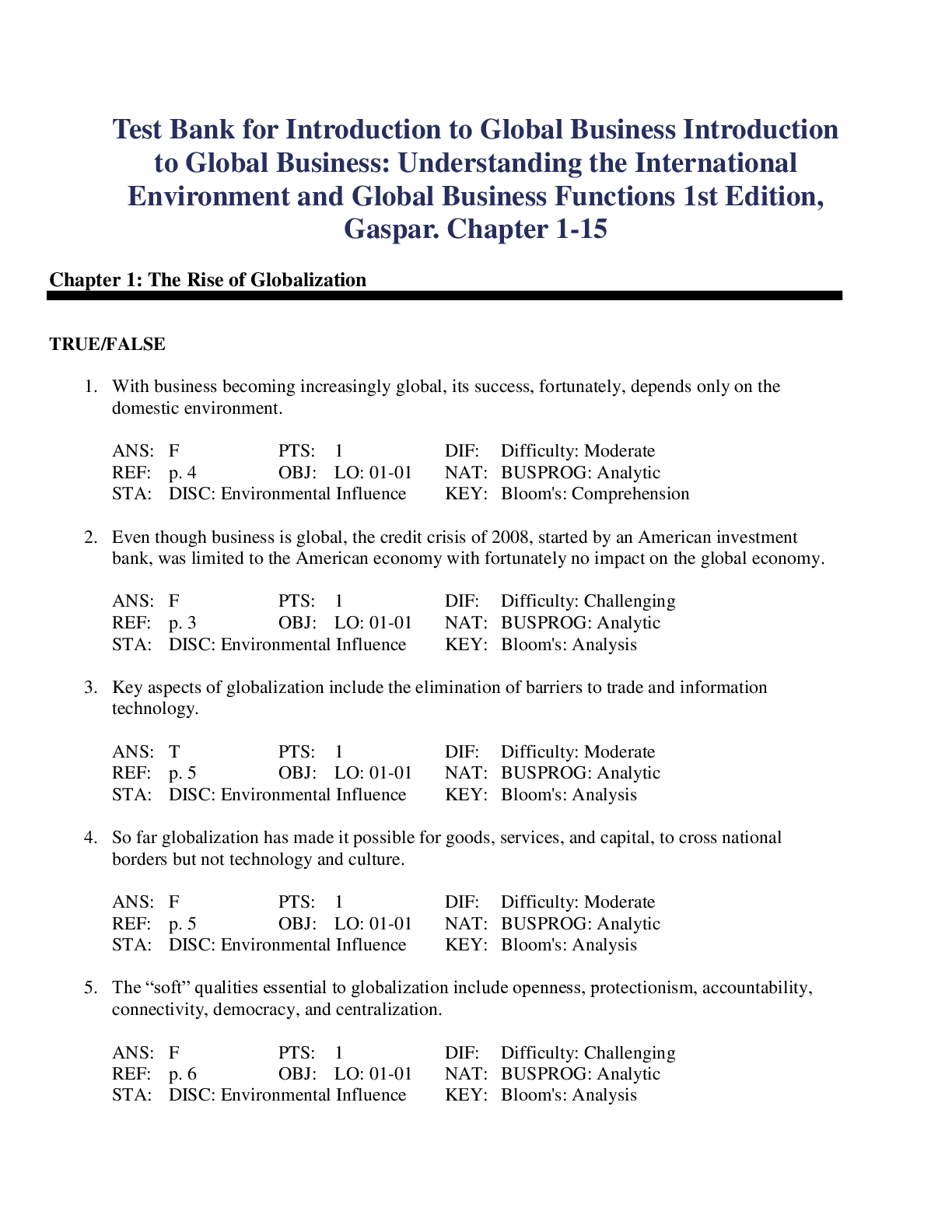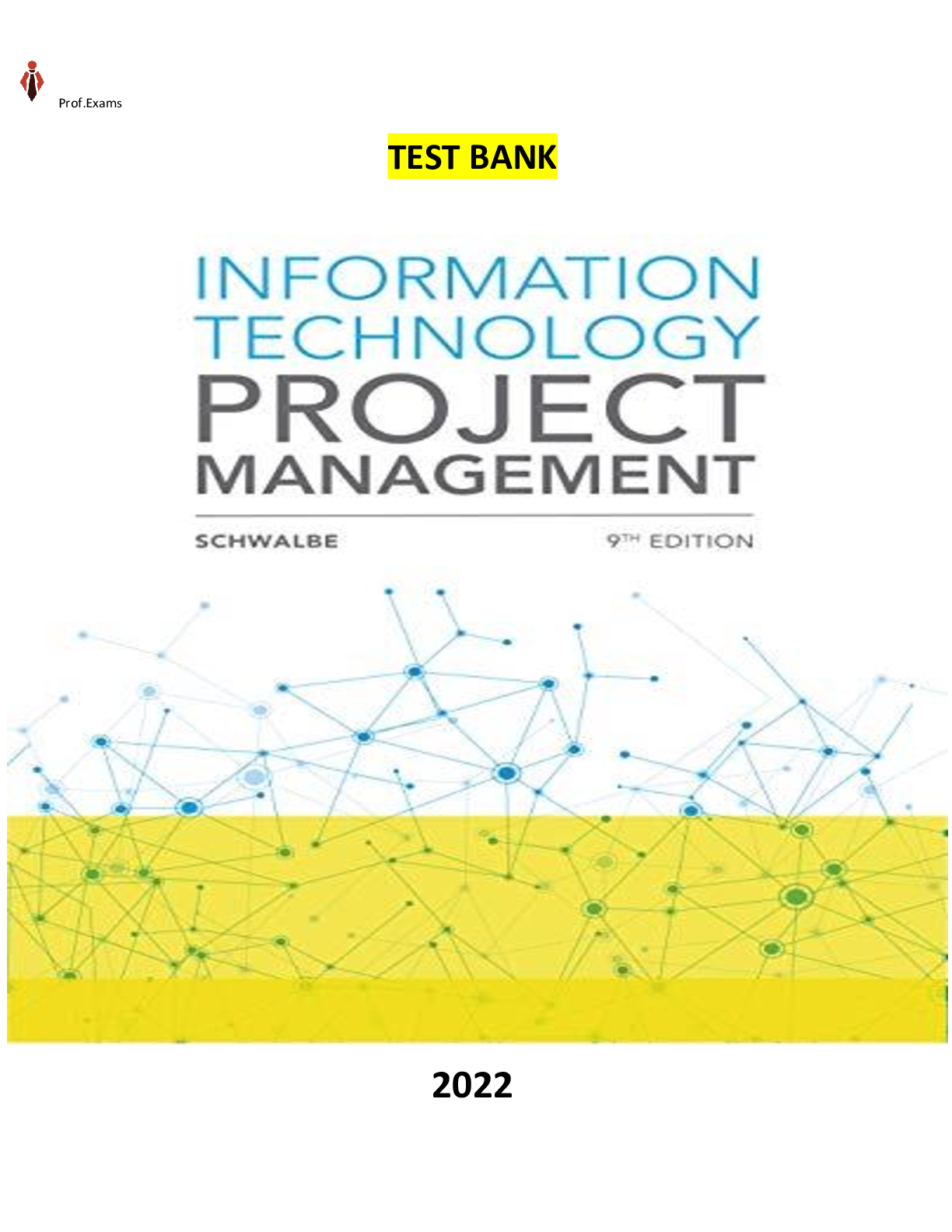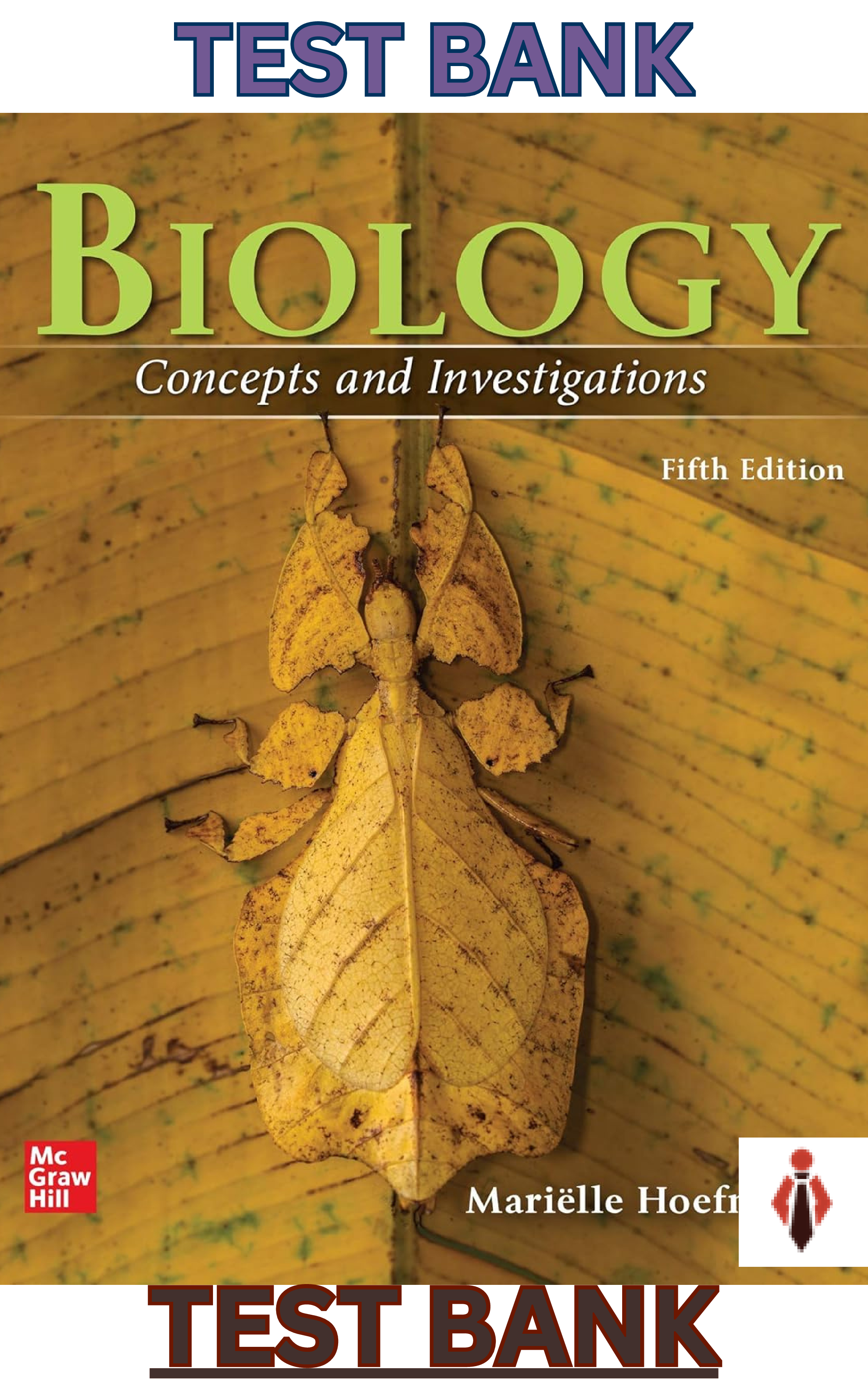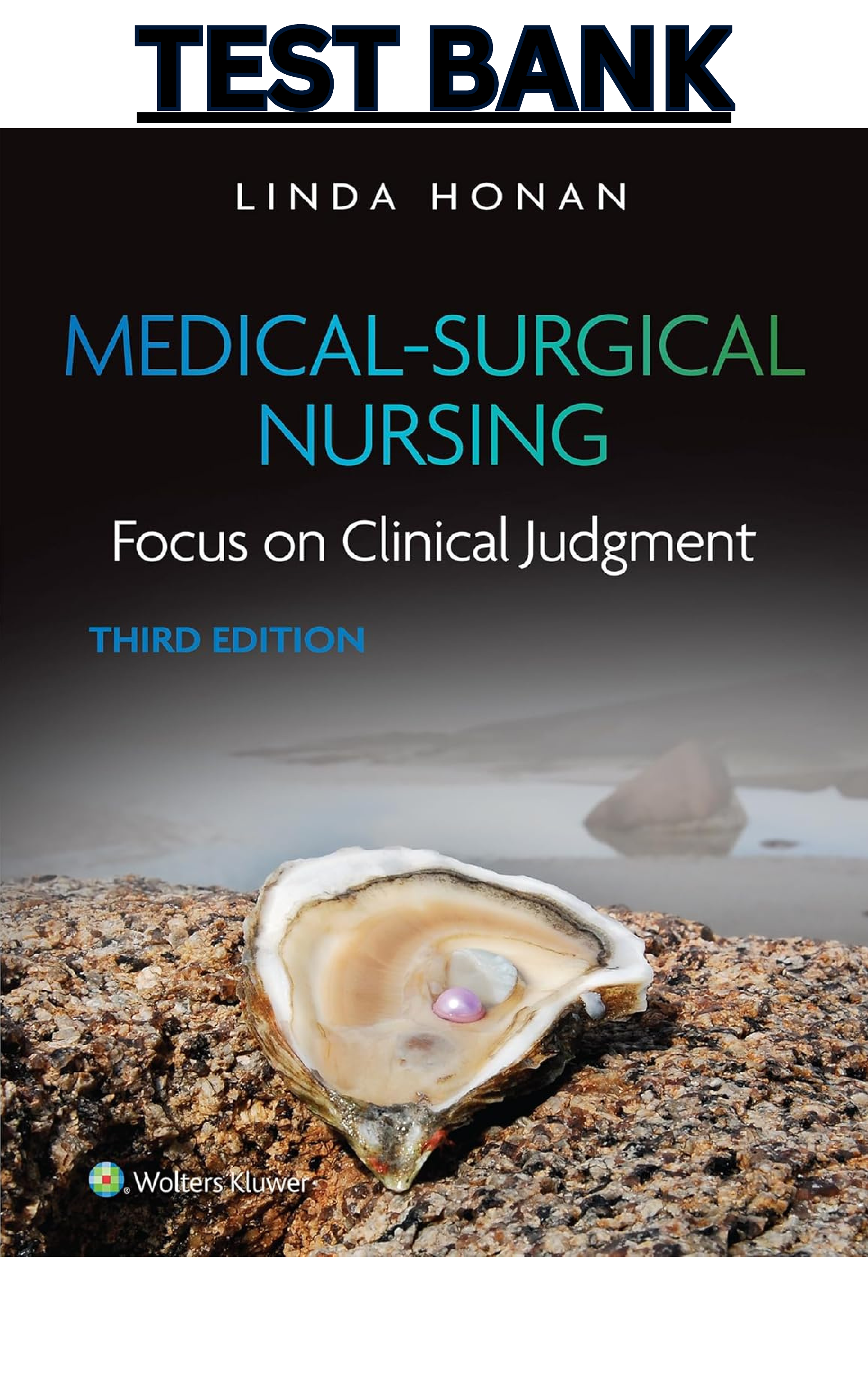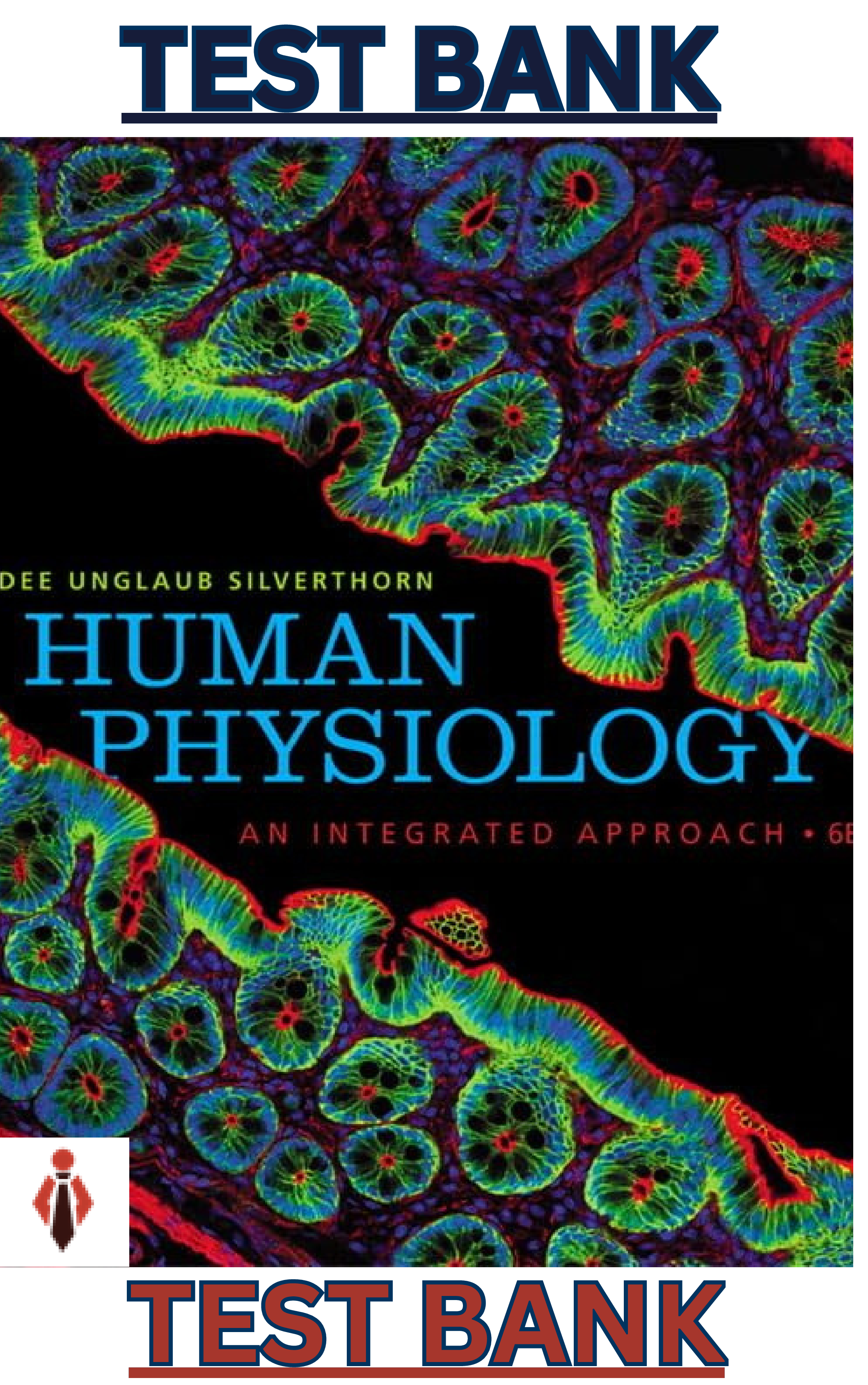Social Sciences > TEST BANK > The Real World An Introduction to Sociology 8ED. by Kerry Ferris and Jill Stein-COMPLETE, Elaborated (All)
The Real World An Introduction to Sociology 8ED. by Kerry Ferris and Jill Stein-COMPLETE, Elaborated and Latest - Test Bank . ALL Chapters included Updated for 2023
Document Content and Description Below
The Real World An Introduction to Sociology 8ED. by Kerry Ferris and Jill Stein-COMPLETE, Elaborated and Latest - Test Bank . ALL Chapters included Updated for 2023COMPLETE - Elaborated Test Bank for ... The Real World An Introduction to Sociology 8ED. by Kerry Ferris and Jill Stein ALL Chapters included update for 2022 COMPLETE - Elaborated Test Bank for The Real World An Introduction to Sociology 8ED. by Kerry Ferris and Jill Stein ALL Chapters included update for 2022 TABLE OF CONTENTS Part I: Thinking Sociologically and Doing Sociology Chapter 1: Sociology and the Real World Chapter 2: Studying Social Life: Sociological Research Methods Part II: Framing Social Life Chapter 3: Culture Chapter 4: Socialization, Interaction, and the Self Chapter 5: Separate and Together: Life in Groups Chapter 6: Deviance Part III: Understanding Inequality Chapter 7: Social Class: The Structure of Inequality Chapter 8: Race and Ethnicity as Lived Experience Chapter 9: Constructing Gender and Sexuality Part IV: Social Institutions and the Micro-Macro Link Chapter 10: Social Institutions: Politics, Education, and Religion Chapter 11: The Economy and Work Chapter 12: Life at Home: Families and Relationships Chapter 13: Leisure and Media Chapter 14: Health and Illness Part V: Envisioning the Future and Creating Social Change Chapter 15: Populations, Cities, and the Environment Chapter 16: Social Change CHAPTER 01: SOCIOLOGY AND THE REAL WORLD MULTIPLE CHOICE 1. Sociologists observe society: a. by studying the various parts of a society, and the ways they interact and influence each other. b. by studying society as if it were a concrete object, in the same way a geologist studies rocks. c. by using the preconceptions, assumptions, and beliefs that come from living in a society. d. through the use of special scientific tools that provide unmediated access to the very heart of society. ANS: A DIF: Difficult REF: Pages 9-10 OBJ: What Is Sociology? MSC: Applying 2. Even though a small number of people have been trained academically as sociologists, we can all be described as “everyday sociologists" because: a. sociology is a part of human nature. b. our parents taught us to be sociologists even before they sent us to school. C. we are all members of society and therefore we have a great deal of background knowledge about how society works. d. sociologists are really just observers of conventional wisdom. ANS: C DIF: Easy REF: Page 9 OBJ: Practical vs. Scientific Knowledge MSC: Remembering 3. Unlike sociologists, most people base their knowledge of the world on: a. expert knowledge based on surveys and interviews. b. scientific journals and other publications that summarize the conclusions of professional researchers. c. conventional wisdom, background knowledge, and personal experience. d. the opinions of their parents and other family members. ANS: C DIF: Easy REF: Page 9 OBJ: Practical vs. Scientific Knowledge MSC: Remembering 4. Sociology can be defined as the systematic and scientific study of human society and social behavior. Given this definition, which of the following levels of social structure best describes what sociologists might examine? a. Almost any level—from interactions between two people to large-scale institutions b. Mass culture and large institutions C. Relations between individuals d. Large-scale social structures that involve significant numbers of people ANS: A DIF: Moderate REF: Page 14 Sociology can be approached from both a microsociological and a macrosociological perspective. Which is more useful? a. The macrosociological perspective is more useful, because it explains how large-scale social institutions influence individuals. b. The microsociological perspective is more useful, because it explains how individuals shape and create large-scale social institutions. c. Both are useful in different ways, because any study that uses only one or the other will be unable to explain anything useful about society. d. Both are useful in different ways, because they each provide different types of information about the same object of study. ANS: D DIF: Difficult REF: Pages 14–16 OBJ: Levels of Analysis: Micro- and Macrosociology MSC: Applying 7. Which of the following statements best characterizes microsociology? a. It is an approach that examines interactions between individuals and the ways those interactions reflect larger patterns within a society. b. It is an approach that examines institutional interactions that occur over time. c. It is an approach that quantifies data about social structures so that they can be analyzed statistically. d. It is an approach that focuses exclusively on gender and power as they are enacted socially. ANS: A DIF: Moderate REF: Page 14 OBJ: Levels of Analysis: Micro- and Macrosociology MSC: Remembering 8. Researcher Pam Fishman studied the conversations of heterosexual couples to determine how power is created and maintained through face-to-face interactions on an everyday basis. How would you describe her approach? a. Macrosociological c. Microsociological b. Historical d. Comparative ANS: C DIF: Difficult REF: Pages 15–16 OBJ: Levels of Analysis: Micro- and Macrosociology MSC: Applying 9. Sociologists assert that there is a close relationship between the individual and society. How does Pam Fishman’s research on gender and power in heterosexual couples characterize this relationship? a. Fishman’s data shows how macro-level phenomena like gender and power manifest themselves in everyday interactions. b. It doesn’t—Fishman’s data only shows how individuals act. c. Fishman’s data shows that micro-level phenomena have almost no relationship to macro-level phenomena; they seem to be largely independent of each other. d. Fishman’s research shows that there is no relationship between the individual and society. ANS: A DIF: Difficult REF: Page 16 OBJ: Levels of Analysis: Micro- and Macrosociology MSC: Applying 10. Which of the following statements best describes the approach taken by macrosociologists? a. Macrosociology concentrates on the way large social institutions are created through individual interactions. b. Macrosociology examines large-scale social structure to see how it affects individual lives. c. Macrosociology focuses on creating beginner’s mind—in contrast to microsociology, which uses expert’s mind. d. Unlike microsociology, macrosociology focuses on creating scientific knowledge of the world, rather than practical knowledge. ANS: B DIF: Difficult REF: Page 16 OBJ: Levels of Analysis: Micro- and Macrosociology MSC: Understanding 11. Researcher Christine Williams looked at patterns of occupational sex segregation, examining the ways large-scale social structures create the constraints within which individuals live their lives. Her work would be characterized as what kind of sociology? a. Microsociology c. Comparative-historical sociology b. Transnational sociology d. Macrosociology ANS: D DIF: Difficult REF: Page 16 OBJ: Levels of Analysis: Micro- and Macrosociology MSC: Applying 12. Macrosociology and microsociology approach the study of society from different perspectives. How does sociology, as a discipline, deal with these two very different approaches? a. Most sociologists are macrosociologists; microsociologists are only a small minority. b. Most sociologists think of these two perspectives as being on a continuum with each other, adopting whichever perspective seems most useful for a particular problem. c. Although the field is fairly evenly split between these two perspectives, almost all sociologists feel strongly that their perspective is the correct one. d. Microsociology used to dominate the field, but more recently macrosociology has become the dominant perspective. ANS: B DIF: Difficult REF: Pages 14–16 OBJ: Levels of Analysis: Micro- and Macrosociology MSC: Analyzing 13. Regardless of their various approaches to social phenomena, what are all sociologists trying to do? a. Illuminate the connection between the individual and society b. Explain why poverty and inequality still exist c. Compare the present with the past d. Understand how our society is different from other cultures and other times ANS: A DIF: Difficult REF: Pages 10–13 OBJ: The Sociological Perspective MSC: Understanding 14. According to C. Wright Mills, what one quality of mind do all great sociologists possess? a. Stoicism c. Biographical imagination b. Sociological imagination d. Attention to detail ANS: B DIF: Easy REF: Page 13 OBJ: The Sociological Perspective MSC: Applying 15. What is the sociological imagination? a. A property of society that ensures that people remain ignorant of the connections between their lives and social change b. A particular way of understanding the criminal mind, such as that of a serial killer c. The ability to understand the connections between biography and history, or the interplay of the self and the world d. The sociological approach that assumes that individual decisions and interactions are independent of larger social institutions ANS: C DIF: Moderate REF: Page 13 OBJ: The Sociological Perspective MSC: Remembering 16. Why did C. Wright Mills think that it is important for everyone, even people who will never take a sociology class, to develop a sociological imagination? a. It will help generate more jobs for sociologists. b. Many people remain unaware of the intricate connections between the patterns of their own lives and the larger course of history. c. The sociological perspective is innately understood by nearly everyone, but we rarely acknowledge it. d. It will encourage growth in the field of microsociology. ANS: B DIF: Moderate REF: Page 13 OBJ: The Sociological Perspective MSC: Analyzing 17. Why would culture shock be a useful state of mind for a sociologist? a. It makes us unable to function even in simple, everyday ways. b. It requires us to travel, which helps us grow as human beings. c. Shock is always good for thinking, because it sharpens the mind. d. It makes us realize that we lack an understanding of our surroundings, so we are truly able to perceive what is right in front of us. ANS: D DIF: Easy REF: Pages 11–13 OBJ: The Sociological Perspective MSC: Understanding 18. In order to verify what the everyday actor might just accept or assume to be true, the social analyst must take the perspective of: a. the social worker c. the stranger b. the native d. the insider ANS: C DIF: Moderate REF: Page 9 OBJ: Practical vs. Scientific Knowledge MSC: Remembering 19. Taking the sociological approach to everyday life has strengths and weaknesses. One of the weaknesses of this approach is that it: a. accepts many things as true that it cannot verify or confirm. b. labors to grasp things that everyday actors understand implicitly. c. is a practical approach, rather than a scientific approach. d. requires you to act like a local even when you really feel like an outsider. ANS: B DIF: Moderate REF: Page [Show More]
Last updated: 6 months ago
Preview 1 out of 362 pages
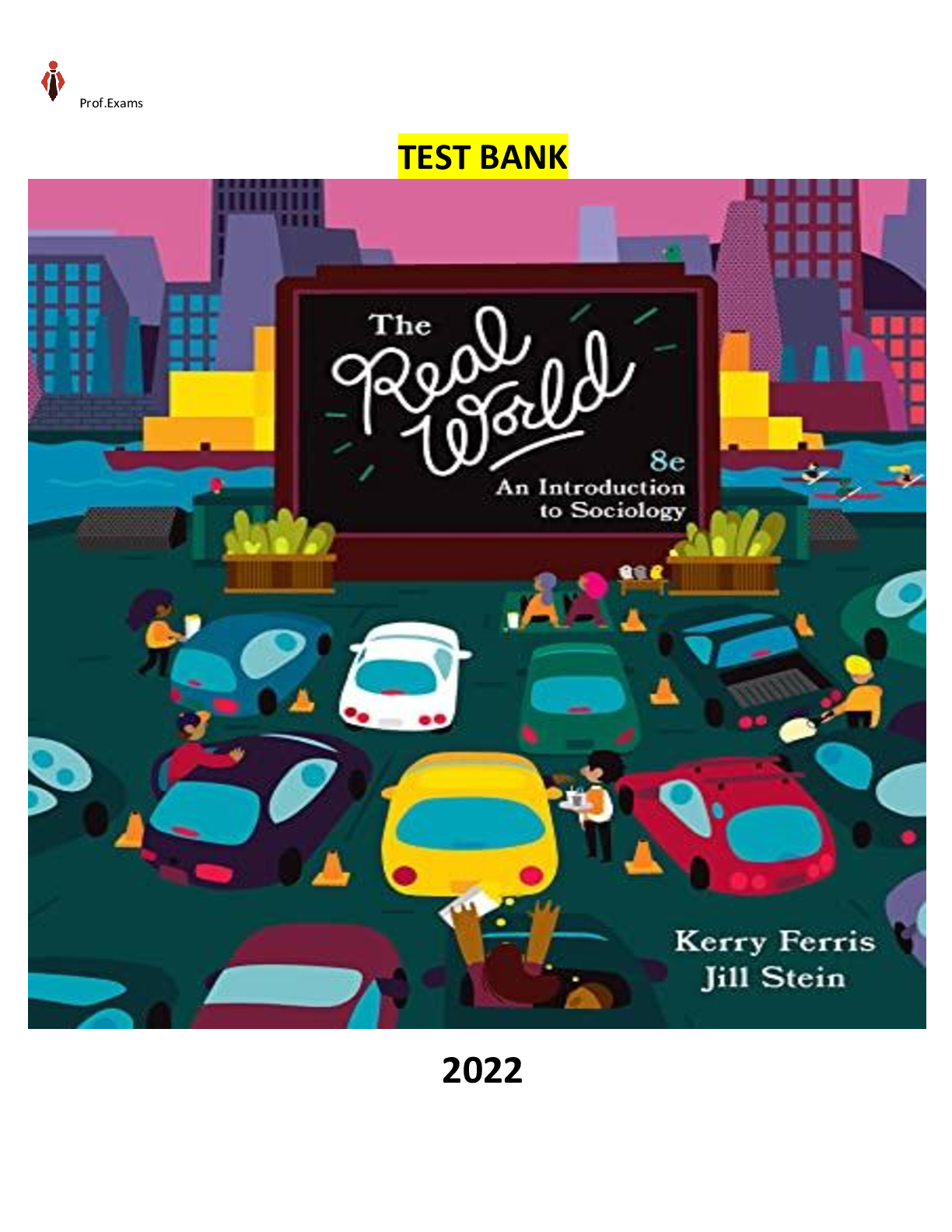
Reviews( 1 )

by SadGar · 7 months ago
Document information
Connected school, study & course
About the document
Uploaded On
Mar 30, 2023
Number of pages
362
Written in
Additional information
This document has been written for:
Uploaded
Mar 30, 2023
Downloads
1
Views
309

